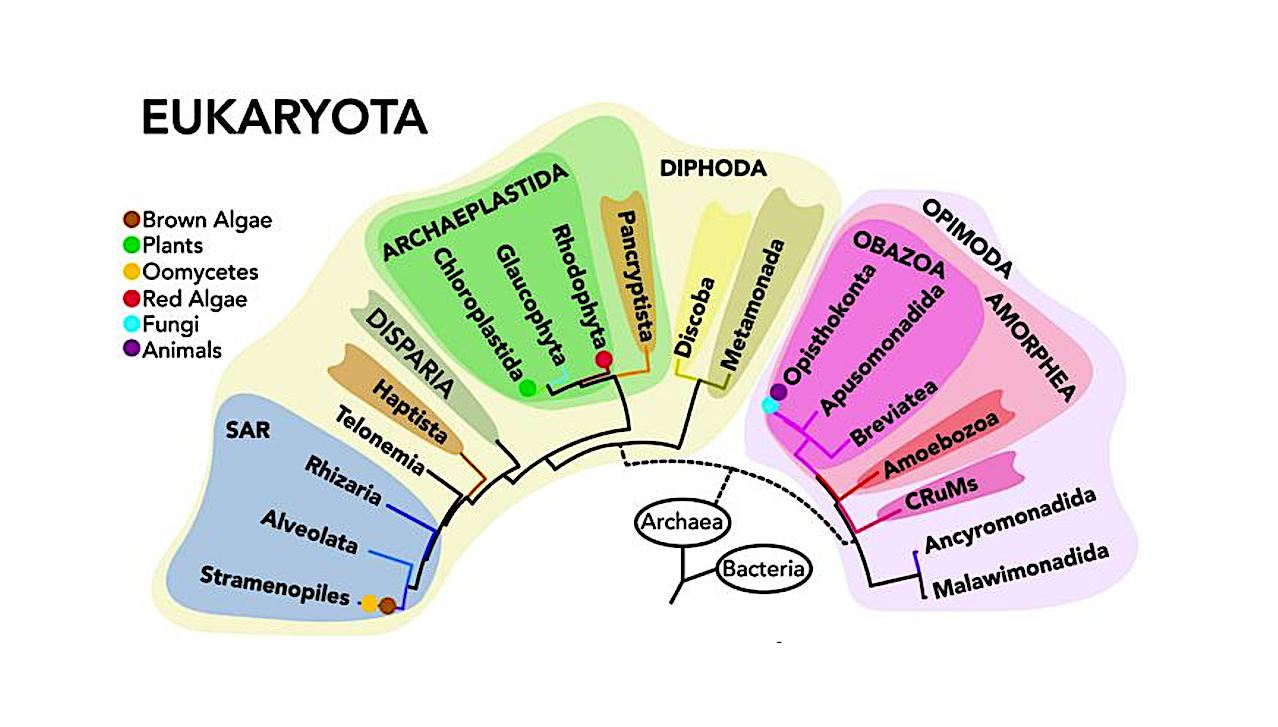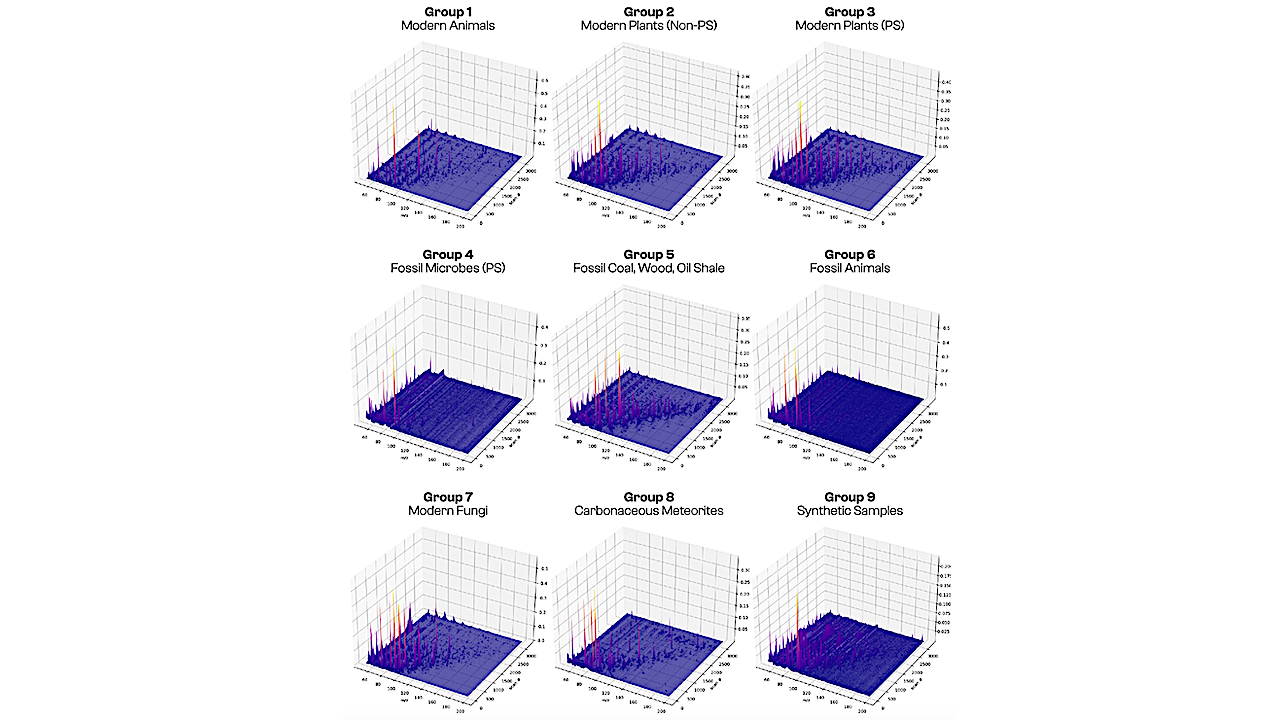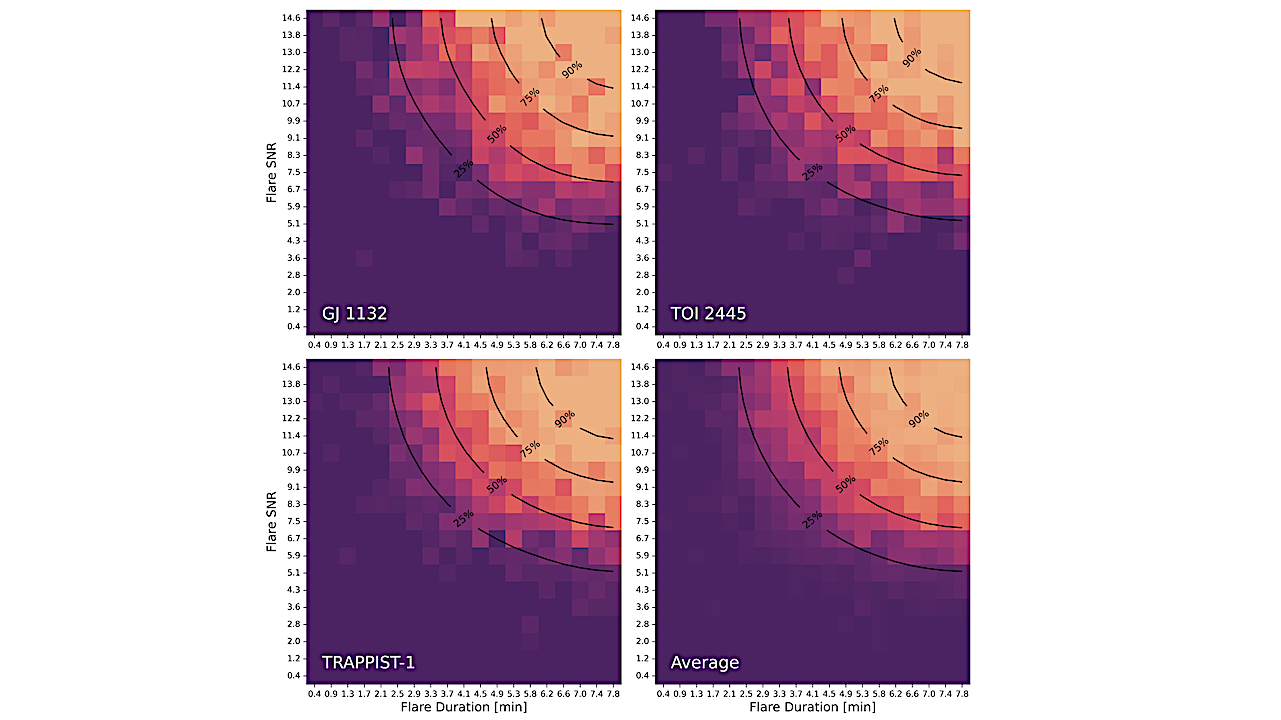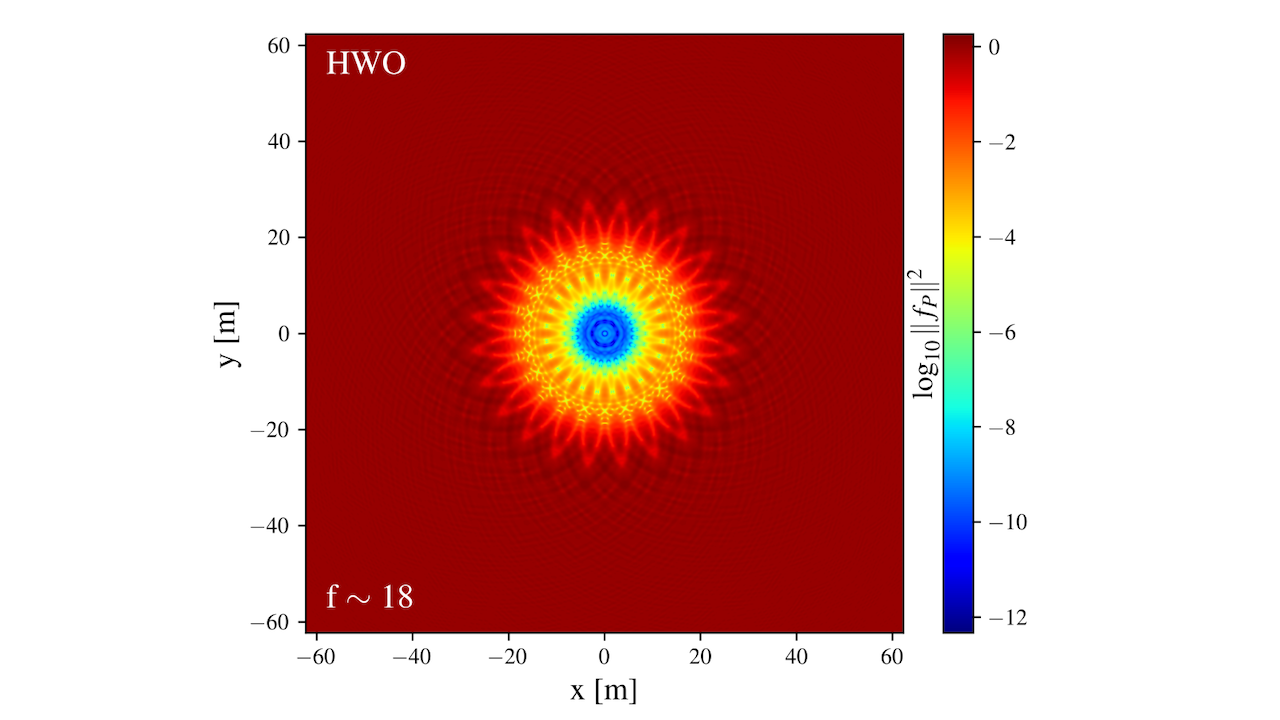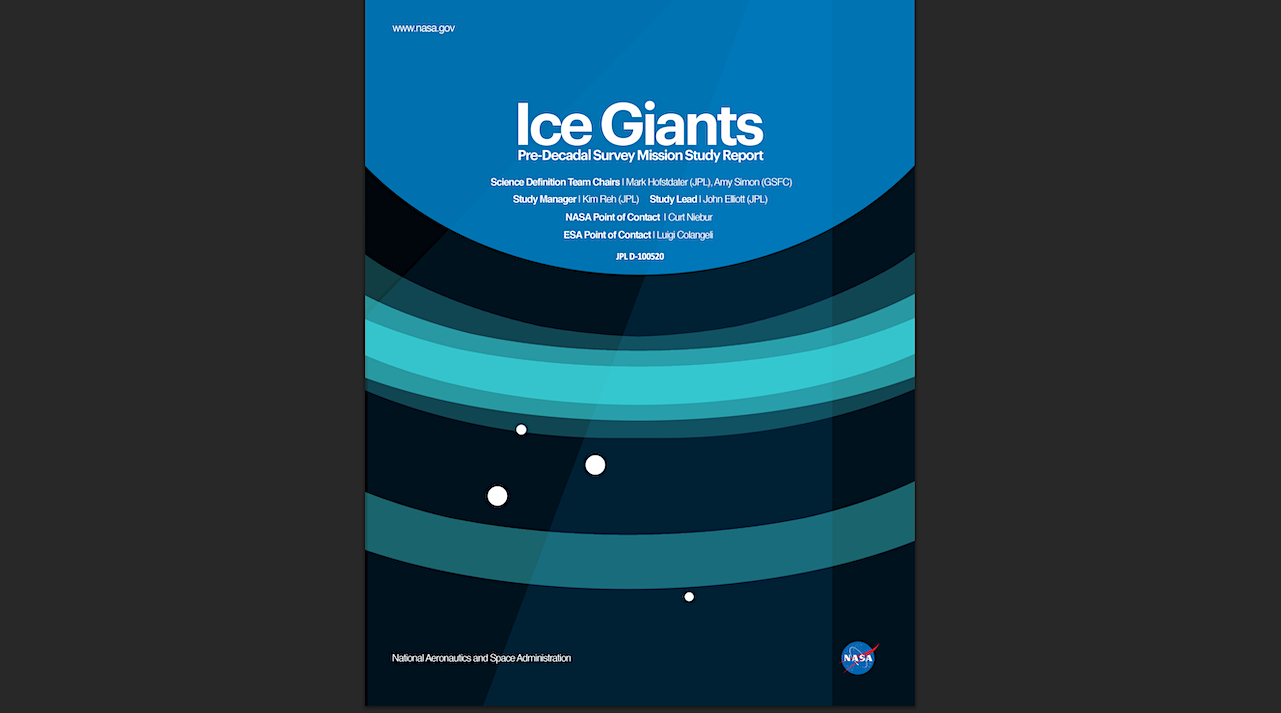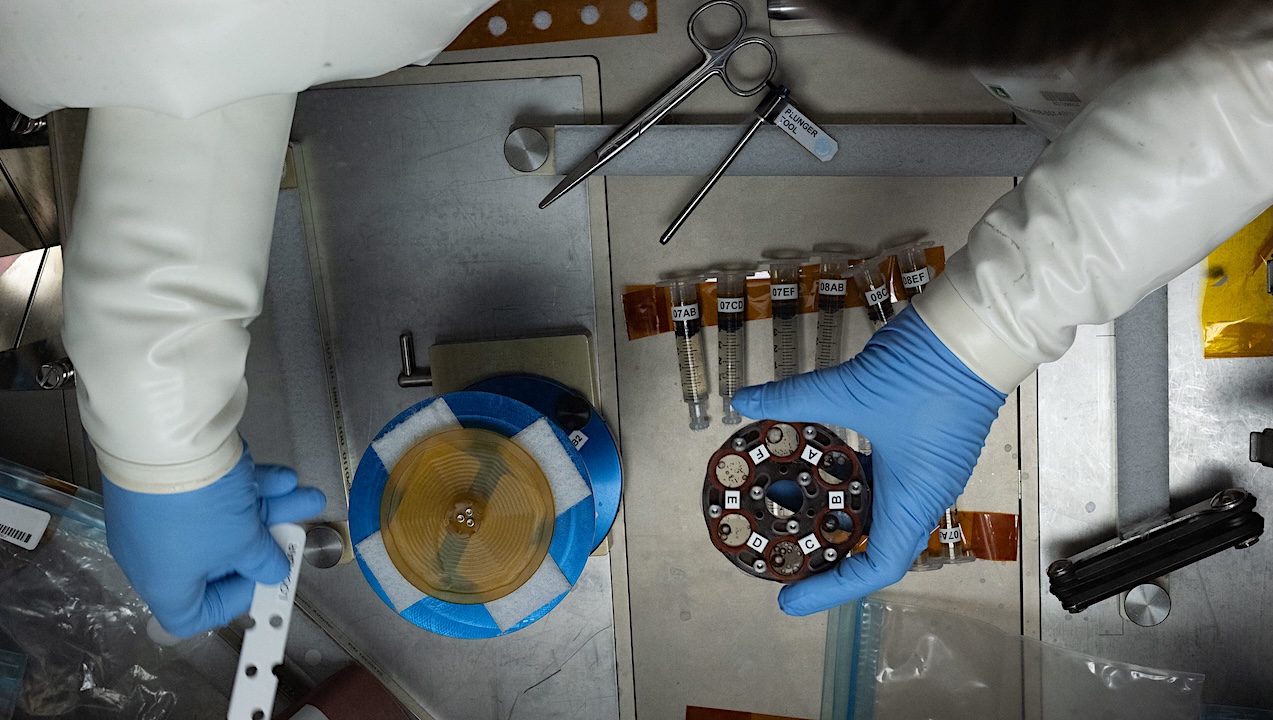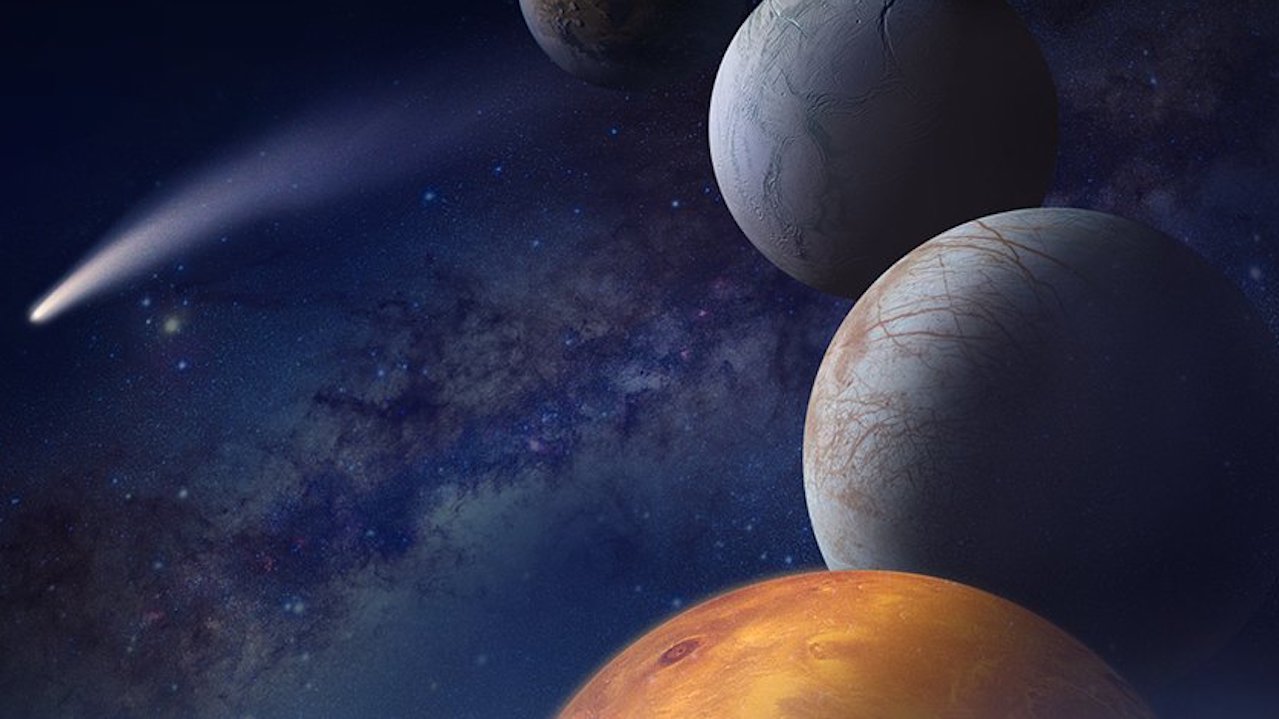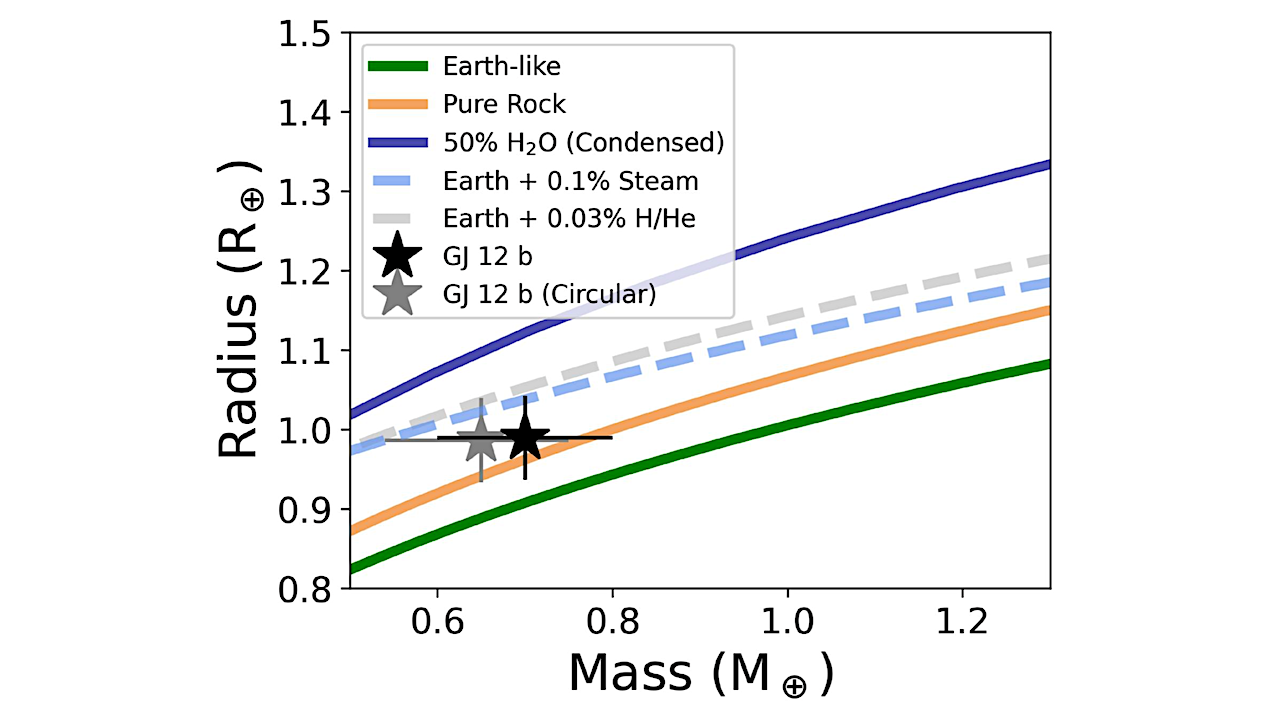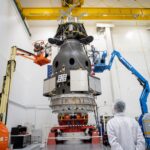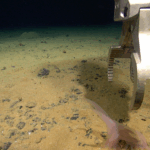This figure presents a modern tree of Life, highlighting eukaryotes (organisms with complex cells) based on genome-scale analyses from Valt et al. (2025). The newly identified and ancient supergroup Disparia
Astrobiology18- Page
Aggregated three-dimensional py–GC–MS data for samples in each of our nine categories: modern animals; modern plants (non-photosynthetic); modern plants (photosynthetic); fossil microbes (photosynthetic); fossil coal, wood, oil shale; fossil animals;
The recovery probability (successful AltaiPony detection) of injected flares in the TESS light curves of GJ 1132 (top left), TOI-2445 (top right), TRAPPIST-1 (bottom left) and the average of recovered
Suppression in logarithmic units (diffraction intensity at the telescope aperture ∥f ∥ P ∥ 2 ) is shown for the HWO 60 m starshade with 16 petals at a wavelength
The diversity of unicellular eukaryotes covered in the study, with their nucleus (blue) and microtubule cytoskeleton (magenta) stained. These organisms are so distantly related to each other as they are
Ice Giants Pre-Decadal Survey Mission Study Report The Ice Giants Study was commissioned by NASA to take a fresh look (as of 2017) at science priorities and concepts for missions
The gloved hands of NASA astronaut inside the Microgravity Science Glovebox iss073e0759779 (Sept. 2, 2025) — NASA — larger image A top-down view inside the Destiny laboratory module’s Microgravity Science
Interdisciplinary Consortia for Astrobiology Research Clarification ROSES-25 Amendment 20: Exoplanets Research Program Step-1 Due Date Deferred to December 3, 2025 The Exoplanets Research Program (XRP), element F.3 of ROSES-25, solicits
The mass and radius of our two models for GJ 12 b (circular and eccentric orbits) compared to various composition models from L. Zeng et al. (2019), as well as
Comparison of synthetic and observed solar G-band intensity at wavelength 4306.8±15 Å at different positions across the solar disc (different rows). The synthetic G-band has been convolved with the SST
-
 012024 in Review: Highlights from NASA in Silicon Valley
012024 in Review: Highlights from NASA in Silicon Valley -
 02Panasonic Leica Summilux DG 15mm f/1.7 ASPH review
02Panasonic Leica Summilux DG 15mm f/1.7 ASPH review -
 03From Polymerization-Enabled Folding and Assembly to Chemical Evolution: Key Processes for Emergence of Functional Polymers in the Origin of Life
03From Polymerization-Enabled Folding and Assembly to Chemical Evolution: Key Processes for Emergence of Functional Polymers in the Origin of Life -
 04How New NASA, India Earth Satellite NISAR Will See Earth
04How New NASA, India Earth Satellite NISAR Will See Earth -
 05And Thus Begins A New Year For Life On Earth
05And Thus Begins A New Year For Life On Earth -
 06Astronomy Activation Ambassadors: A New Era
06Astronomy Activation Ambassadors: A New Era -
07SpaceX launch surge helps set new global launch record in 2024


